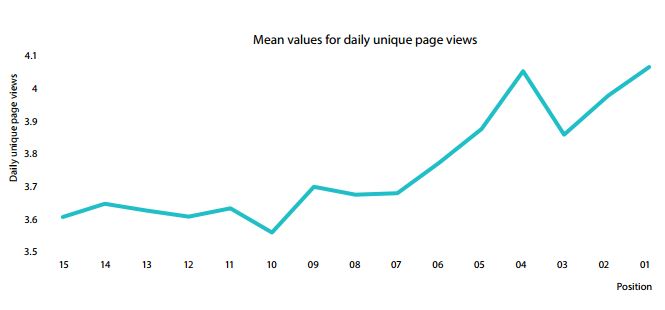- Have any questions?
- [email protected]
Creating a business case for content

Suppressing the Negative: Proven Techniques for Removing Bad Reviews and Enhancing Your Online Presence
November 19, 2023
Chapter 1 – Why a strong online presence is important?
November 21, 2023Content marketing isn’t a new concept; it has been with us since the 1890s, and you don’t have to look far for examples of content marketing that works. But despite this, many marketers still take a deep breath when the issue of return on investment is brought up.
For all the benefits that we can see from content, some more tangible than others, expressing the overall contribution that content makes to a business in “pounds and pence” remains one of the biggest pain points for marketers.
The value of content can be measured in many different ways and many brands will have their own goals and ambitions for what they want content to achieve – whether that’s increased leads, improved customer satisfaction or enhanced brand visibility. However, sceptics of content marketing remain. Many of those sceptics will instead prefer to invest in more ‘measurable’ channels, such as search engine optimisation – a channel where the investment and the return are clearly demonstrable.
The good news for content marketers is that now, SEO is content.
Backing up the theory with insight
The role that content plays in SEO has been discussed at length since the dawn of Google. Whilst content was always a notable factor, Google’s relationship with content in the early days was questionable at best. In Google’s eyes, it wasn’t the quality of the content that was important, just that you had it.
Over time, we’ve seen Google place a greater reliance on content factors in determining a sites credentials to rank – moving from a preference for keyword-heavy, electronically spun paragraphs to a situation where quality, context, relevancy, format, social shares, bounce rates and time on page are all considerable factors. Software such as Stickyeyes’ Roadmap monitors around 200 known or potential ranking factors to effectively ‘decode’ the Google algorithm and identify correlations between ranking factors and ranking positions. Roadmap clearly demonstrates a correlation between good content and strong rankings.
As of October 2016, there was a 97% correlation between ‘time spent on site’ and Google ranking positions. Overall, sites ranking in the number one position had an average time on site in excess of four minutes.
We see a similar correlation with bounce rate. In this instance, the sites with the lowest bounce rates attract the strongest rankings.
Both time on site and bounce rates as well as unique daily page views are strong indicators that the content on a site is compelling and engaging enough to encourage users to seek more, or to navigate deeper into a site.


These correlations are a growing trend, signalling that Google is very much focused on rewarding content above many other known ranking factors. That is a thoroughly convincing argument when making your business case for content.


